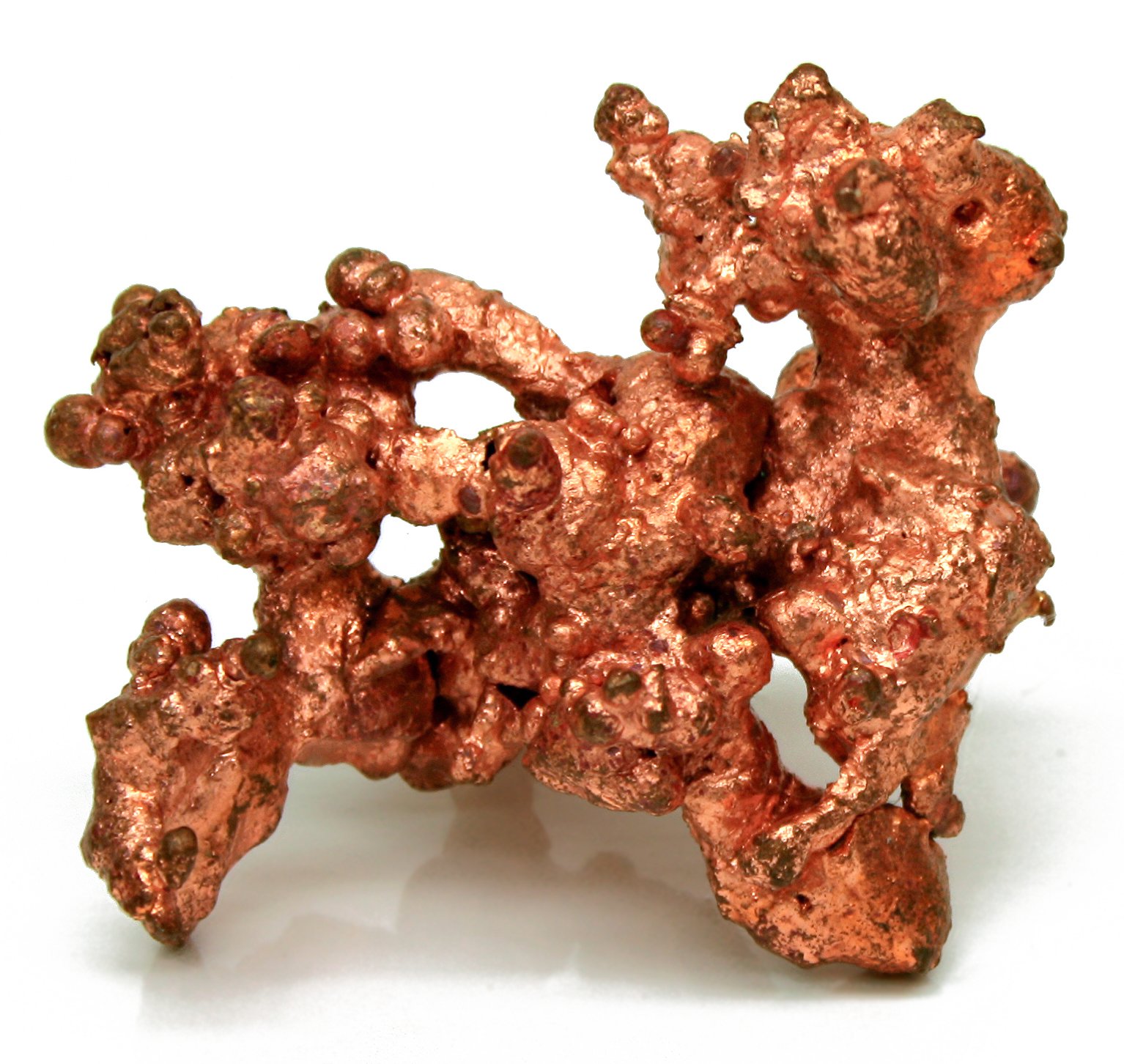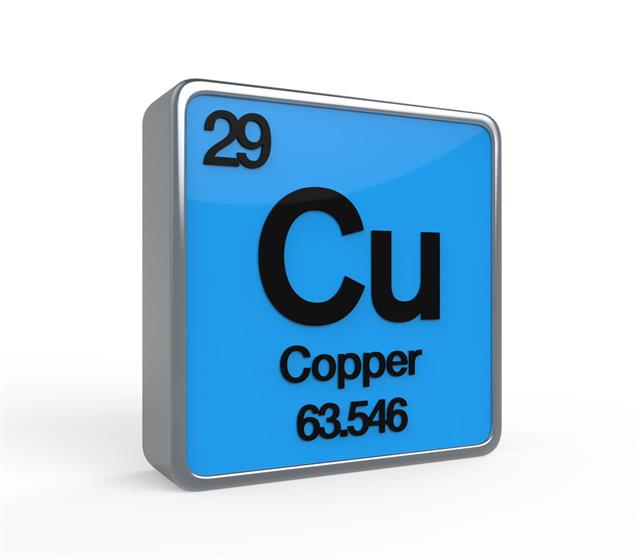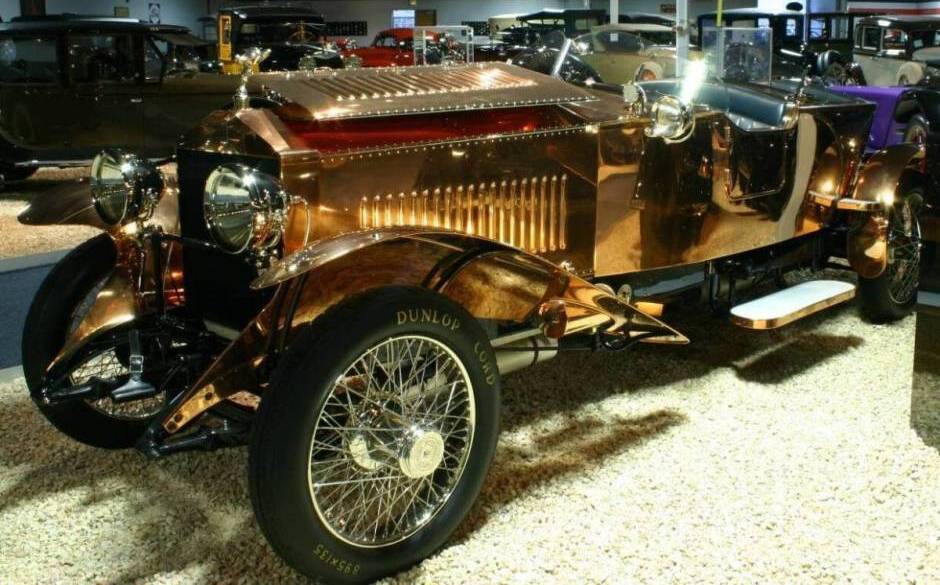Posted 20 October 2021

“Man’s eternal metal”.
You probably already know that some of coppers’ properties include superior heat transfer, electrical conductivity and corrosion resistance. It’s the standard benchmark for electrical conductivity and conducts electrical current better than any other metal, except silver.
But did you know that it’s man's oldest metal? A copper pendant discovered in what is now northern Iraq dates back to around 8700 B.C. Another copper object found in the Middle East was a tiny awl (pointed tool) dating back to about 5100 B.C. Archaeologists have also recovered a portion of the water plumbing system from the Pyramid of Cheops in Egypt. The copper tubing used was found in a ‘serviceable condition’ after more than 5,000 years.

Copper is element No. 29 on the periodic table, with the element symbol Cu from the Latin word cuprum. When the Romans mined their copper from Cyprus they called it aes cyprium, which means "metal of Cyprus." It was then shortened to cuprum, and eventually became known in English as copper.
With a relatively low melting point of 1,981°F (1,083°C) copper readily forms alloys with other metals, two of the best-known are brass (copper and zinc) and bronze (copper and tin), although hundreds of other alloys exist. Currently, there are more than 570 copper alloys listed with the American Society for Testing and Materials International.
It’s estimated that around 75% of all the copper we have ever produced is still in use today due to the fact that copper is 100% recyclable and retains 95% of its original value. Copper can continue to be recycled without any changes to its properties. That’s good news as we’re going to need it! Currently the average petrol/diesel car contains about 16kg of copper but the increase of electric and hybrid vehicles will take the use of copper in an average car of this type to around 60kg.
Who knew?

The 46 metre Statue of Liberty in New York is made from around 73 tonnes of copper which came from the Visnes copper mines on Karmoy Island in Norway. The Lady's pure copper robes are 3mm thick and the natural, green patina is about 0.4mm thick. When the Statue of Liberty was inaugurated in 1886, she looked a very different and appeared dark brown. Copper weathers naturally to a blue-green colour, or patina, over time. The colour-change is the result of surface oxidation caused mainly by moisture and corrosive elements in the air. Unlike rust oxidation, the copper patina is a protective barrier that holds back further corrosion, to maintain copper's long life.

Not everyone can wait for copper to weather naturally. Demand from architects and builders for pre-patented copper products has prompted copper mills to develop new methods that speed up or replicate the natural aging process.
Copper rivets for denim jeans originated in the USA in 1873 when a tailor named Jacob Davis added them to jeans to reinforce the pockets and other points of stress.
The body of the 1921 Rolls Royce Silver Ghost is completely copper.

About 2 tonnes of the total weight of a Boeing 747-200 jet is copper, mostly consisting of around 170 miles of wiring.
If all of the copper wiring in an average car were laid out, it would stretch for a mile.
In a 2014 experiment, a block of copper became the coldest cubic meter on Earth when scientists chilled it to 6 millikelvins, or six-thousandths of a degree above absolute zero (0 kelvin). This is the closest a substance of this mass and volume has ever come to absolute zero.
Copper is naturally antibacterial. Brass doorknobs, handrails and fingerplates are often chosen for public buildings to help prevent the spread of bacteria.
The World Health Organization recommends consuming 1.3 mg of copper per day. Many foods contain high levels of copper including nuts, seeds, liver, chickpeas, oysters, green olives, avocados and wheat.





